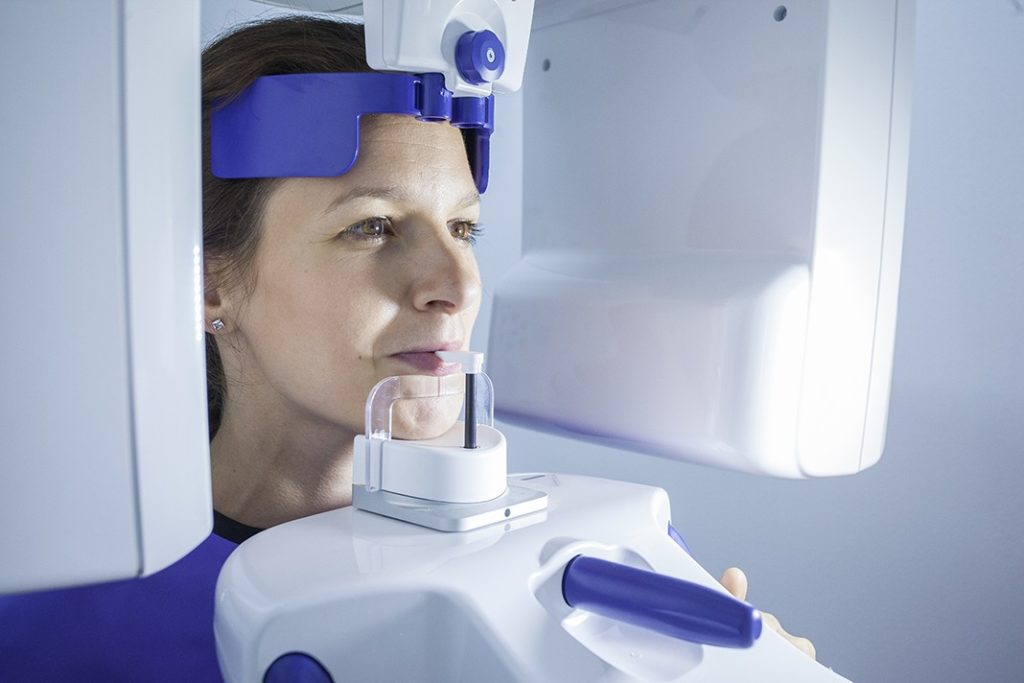

Here are some tips for getting a better shot the next time…Īdjust your settings. However, if that doesn’t work, you will probably need to retake the radiograph. Using a “hot light.” Sometimes, an overexposed radiograph can still be read by holding it up to an extra bright light known as a “hot light.” To decrease your radiograph procedure time and minimize x-ray exposure to patients and staff, it’s best to get your shots right the first time. Too short of a distance between the x-ray source and the film or plate.Īlso, scatter radiation can contribute to darkening an already over-exposed image. Reasons why your radiographs might be over-exposedĪn error in technique (kVp or mAs settings). In other words, over-exposure could cause you to miss important lesions or interfere with your interpretation of normal anatomical structures. Some structures, such as small blood vessels in the thorax, might not be visible at all. So, rather than seeing information about the patient, you end up with a blackened image with not nearly enough detail. Over-exposed radiographs can make your life difficult because of the obliteration of normal anatomyĪn over-exposure usually means the x-ray beam was too powerful, and that a larger percentage of x-rays passed through the patient’s tissues to reach the film or plate. Instead, the image may appear “burnt out,” and overly dark or black, making it difficult to see all the information you need to make your diagnosis. This is basically the opposite of an overly white or light radiograph.
#Overexposed x ray how to#
In the last blog post, we talked about under-exposed radiographs and how to get better results.īut, it’s important to remember that overcompensating too far in the other direction can give you a problem in the other extreme: that is, over-exposed images.


 0 kommentar(er)
0 kommentar(er)
